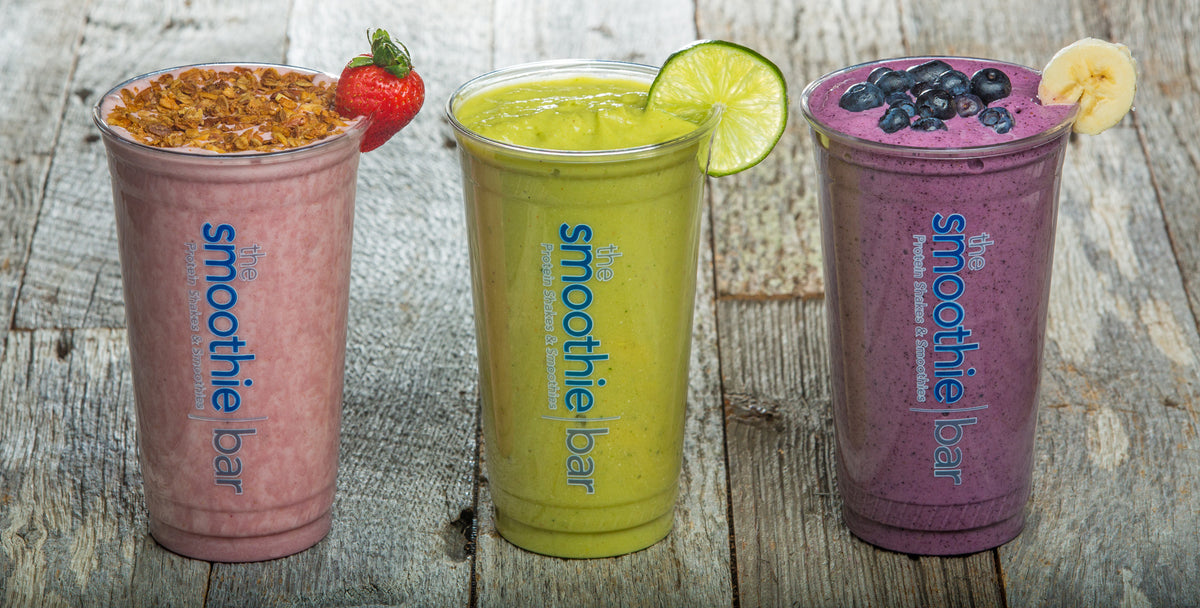Whey protein powder is a dehydrated form of protein that can be mixed with water or other liquids to make shakes, smoothies, or other foods such as protein pancakes. Protein powder is intended to act as a convenient, portable, and protein-rich food source. Specifically, whey protein is derived from cow’s milk and, as with all animal sources of protein, has a complete amino acid profile.
How is whey protein powder made?
- Cows are milked.
- Pasteurization of the milk occurs to remove bacteria harmful to humans.
- Enzymes are added to the milk to separate liquid (whey) and solid (curds, casein) parts. Side note: The curds (solids) are then matured to form cheeses.
- The liquid whey is filtered to remove fats, carbs, and water.
- Whey is filtered into protein concentrate and dried into powder (ideally this step occurs at low temperatures so as to not denature the protein).
- Flavors are added to give whey it’s taste and quality is checked.
- Whey is packaged into containers and shipped to warehouses, retailers, and/or consumers.
Why supplement whey protein powder into my diet?
If you are able to get your daily protein needs from whole food sources, then there is no need for you to consume whey. However, whey protein powder is a convenient and portable option to supplement into your diet when you don’t have time for a meal consisting of whole foods (as most of us can’t always sit down to have a meal with our busy, on-the-go lifestyles).
In general, protein is essential to build and maintain muscle, regulate blood glucose levels, aid in weight maintenance, and stabilize blood pressure. Whey protein powder is a convenient way to make sure you’re getting enough protein each day to meet nutritional needs.
Additionally, The Protein Digestibility Corrected Amino Acid Score, from the Academy of Nutrition and Dietetics, is a reliable way to assess the quality of protein sources and how it positively interacts in the body. Within this score, whey protein has the highest score of 1, along with cow’s milk, eggs, and casein.
How can I use whey protein powder in my diet?
Remember, whey protein powder is supplement, not a total replacement for all whole food protein sources. While it is always ideal to consume macronutrients from whole foods, supplementing protein powder along with healthy carbs and fats is a convenient and portable option when you are crunched for time or aren’t able to transport a meal.
Whey protein provides nutrients that will keep you satiated as a snack until your next meal time and can be used pre/post workout or before bed if you get hungry in the evening.
Whey protein powder can be used in smoothies, shakes, and cooking/baking applications. For example, at fit-flavors we use whey protein powder in our pancakes, snacks, and in smoothies at The Smoothie Bar.
I’m not a bodybuilder or athlete…should I still use whey protein powder in my diet?
Historically, many athletes and bodybuilders use protein powder to help grow and maintain muscle pre/post workout and in between meals. You don’t have to be a bodybuilder to take advantage of the benefits of whey, though!
Whey protein powder is a great supplement for anyone, including pregnant women and children, with the exception of individuals that are lactose intolerant.
There are so many protein powders out there! What should I look for in a whey protein powder?
Just as with sources of whole foods, not all protein powders are created equal! Here are a couple things to keep an eye out for when looking for a protein powder:
- Consider the manufacturer of the powder. The Dietary Supplement Health and Education Act of 1994 (DESHA) does not require supplements to be regulated by the FDA. This means that supplements, such as protein powder, are not subject to approval for production or sale. This is why you see, “These statements have not been evaluated by the Food and Drug Administration. This product is not intended to diagnose, treat, cure or prevent any disease,” on packaging labels and company websites. Because of this act, it is best to buy from a company that is transparent concerning the quality of their products and processes.
- Check the nutrition facts and ingredient list. Protein powders can have many unnecessary additives that pack on the extra fat and carbohydrates. Generally, the fat and carbohydrates should range from 1 to 5 grams. The protein content can range anywhere from around 15 to 30 grams.
- Look for low temperature processed. This ensures that the protein you get hasn’t been denatured by high temperatures.
At fit-flavors, we use Level 1 Whey Protein by 1st Phorm for its excellent quality and taste. Level 1 Protein uses the Level 1 Matrix formula. This is an ultra bioavailable sustained assimilation protein formula [Cross-Flow Micro-Filtrated Whey Protein Isolate, Low Temperature Micro-Filtrated Whey Protein Concentrate (providing Di-Peptides, Tri-Peptides, Oligo-Peptides and Poly-Peptides), Low Temperature Processed Milk Protein Concentrate, Pure Egg Whites, Sodium Caseinate]. It is a mix of whey protein isolate (WPI), whey protein concentrate (WPC) and casein. Allow us to explain…
Ultra bioavailable sustained assimilation protein formula
Bioavailable: The portion of the protein powder that enters the body and is then absorbed and utilized in the body.
Sustained: Continued for an extended period of time
Assimilation: Nutrients are converted into every cell in the body
Cross-Flow Micro-Filtrated Whey Protein Isolate, Low Temperature Micro-Filtrated Whey Protein Concentrate (providing Di-Peptides, Tri-Peptides, Oligo-Peptides and Poly-Peptides)
Cross-Flow Micro-Filtrated: This is a rapid method to separate and purify biomolecules which are filtered more than once.
Low Temperature Micro-Filtrated: The low temperature allows a higher protein content to be filtered through and very low fat and carbohydrate content (lactose). The low temperature is less damaging to the protein content.
Di-Peptides, Tri-Peptides, Oligo-Peptides and Poly-Peptides:The Di-Peptides, Tri-Peptides, Oligo-Peptides and Poly-Peptides in the whey concentrate are two or more short chain amino acids that are linked together to keep the protein intact. These peptides are preserved by casein (Sodium casein), also part of the protein formula.
Whey Protein Isolate (WPI): A readily absorbed protein that is filtered to remove nearly all of the milk fat and lactose, the carbohydrate found in milk.
Whey Protein Concentrate: A readily absorbed protein that has low amounts of fat and carbohydrates.
Casein: A slow acting protein, which means that the amino acids are slowly released into the bloodstream.
The combination of fast acting and slow acting proteins allows the body to rapidly absorb the proteins and then sustain delivery to the muscles.
What if I do not include dairy in my diet or I’m lactose-intolerant?
There are lactose free, bovine based protein powders, typically whey isolates that have nearly all of the fat and carbohydrates (lactose is the carbohydrate found in milk) filtered out.
Additionally, there are plant based proteins available. Just make sure you check for a complete amino acid profile.
You want to look for a protein with a complete amino acid profile, otherwise you’re not getting the bang for your buck.
The best protein powder for you is one that fits your dietary needs, personal goals, and taste requirements.
Sources:
http://www.todaysdietitian.com/newarchives/030413p26.shtml
https://authoritynutrition.com/whey-protein-101/
http://www.medicalnewstoday.com/articles/263371.php
http://www.ncbi.nlm.nih.gov/pubmed/22588635
http://www.ncbi.nlm.nih.gov/pubmed/16002802
http://www.ncbi.nlm.nih.gov/pubmed/19893505
http://www.ncbi.nlm.nih.gov/pubmed/18469287
http://www.nutritionexpress.com/article+index/protein/showarticle.aspx?id=263
https://www.nsca.com/education/articles/whey-protein-vs-casein-protein-and-optimal-recovery/
http://healthandwellness.kaplan.edu/articles/nutrition/Protein%20Supplements.html





